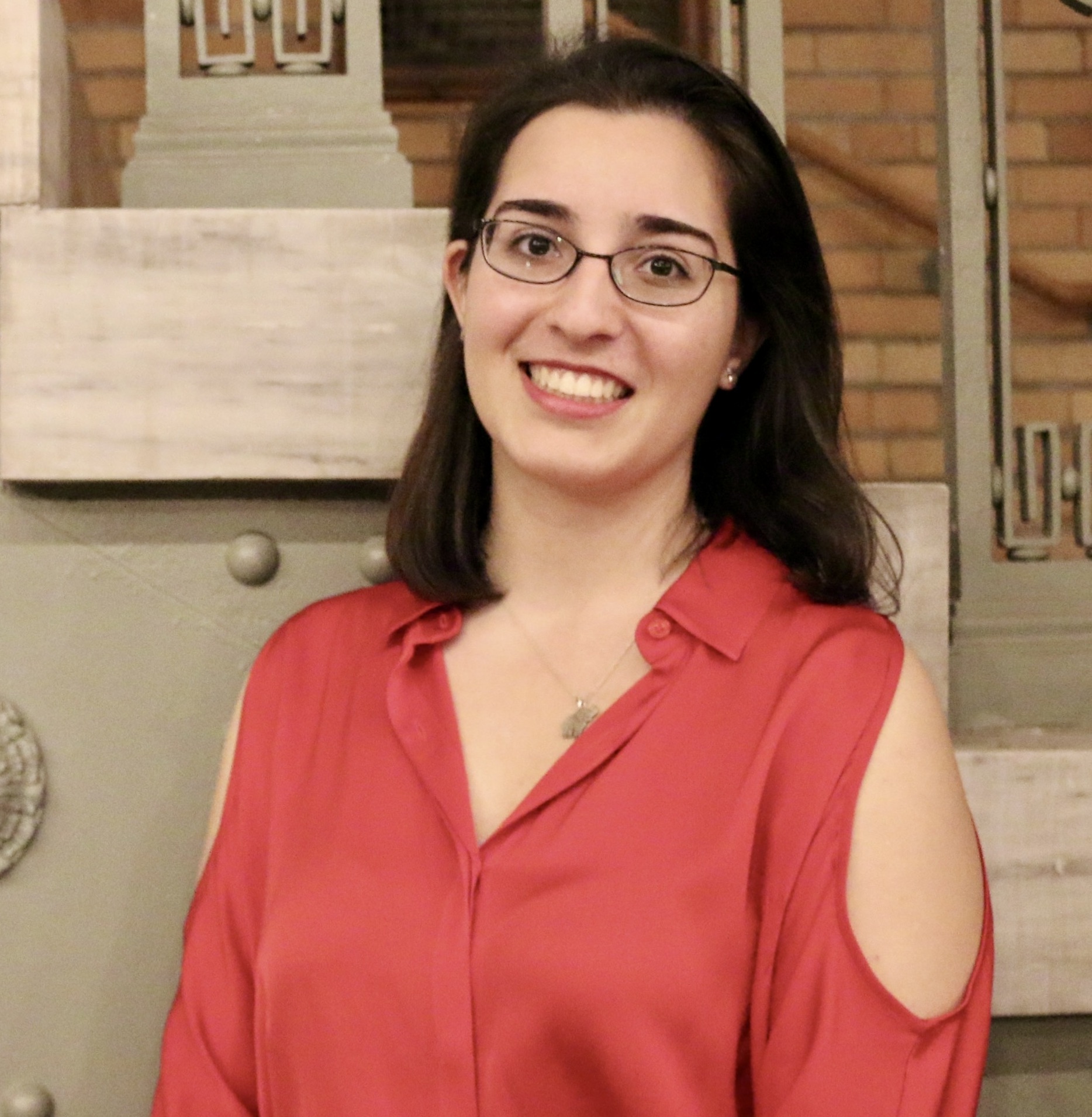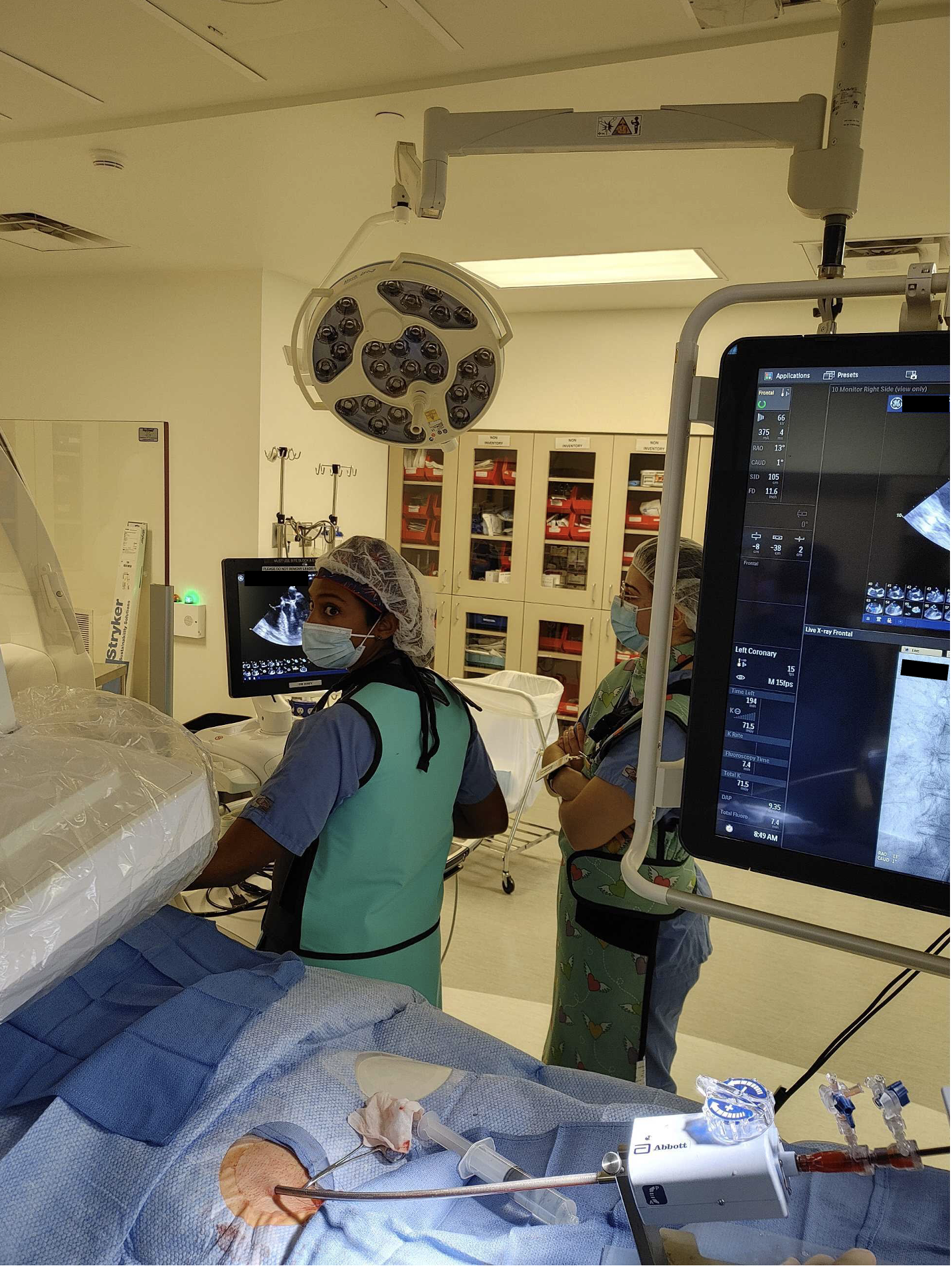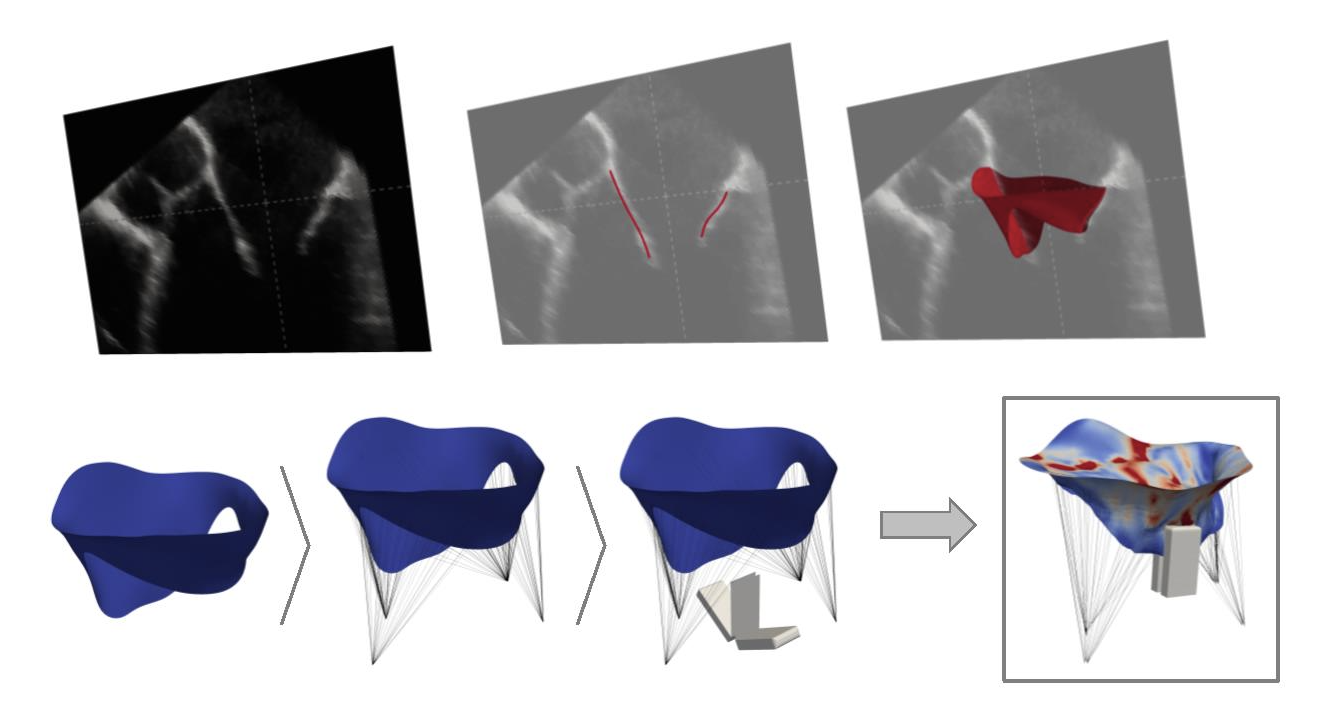When Natalie Simonian stepped into the catheterization laboratory for the first time dressed in scrubs and standing just inches from a patient undergoing heart valve repair, something clicked. This wasn’t just data anymore. It was personal.
Simonian, who recently received her Ph.D. in Biomedical Engineering at The University of Texas at Austin, works in the Willerson Center for Cardiovascular Modeling and Simulation at the Oden Institute for Computational Engineering and Sciences. It is through her enrollment in the Oden Institute's Computational Medicine Portfolio, an interdisciplinary certificate program, where she combines patient imaging data with advanced computational tools to simulate and optimize mitral valve repair. Her work lies at the heart of computational medicine, a rapidly growing field that combines engineering, data science, and clinical knowledge to advance healthcare.
“Natalie has done a phenomenal job in developing the first patient-specific mitral valve computational model capable of predicting surgical repair of the mitral valve, based solely on pre-operative clinical imaging data,” said her advisor, Professor Michael Sacks, Director of The Willerson Center. “This will allow for true pre-operative planning, as well as the development of mitral valve digital twins for follow-up data integration to improve long-term analysis.”


